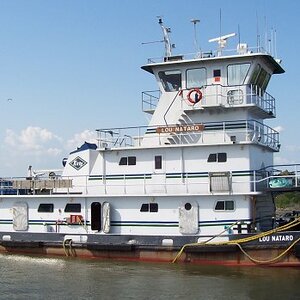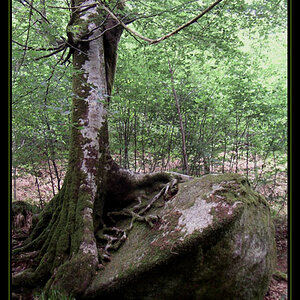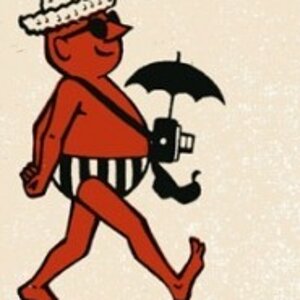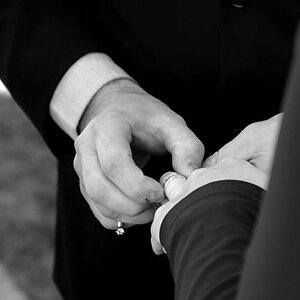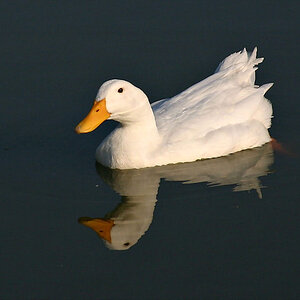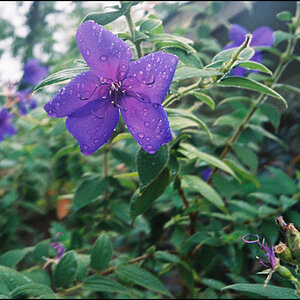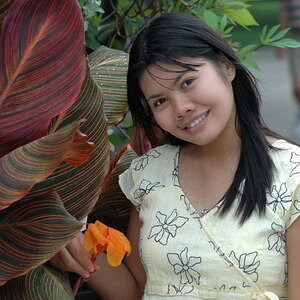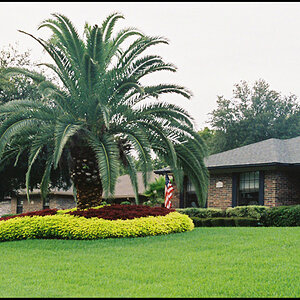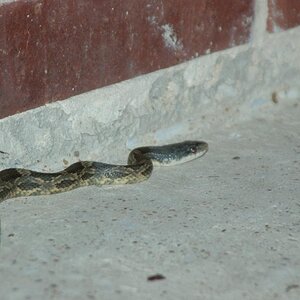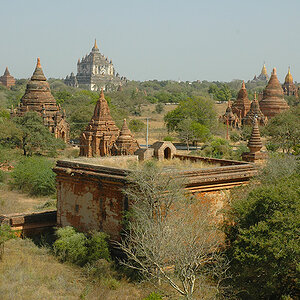Don Kondra
Been spending a lot of time on here!
- Joined
- Dec 11, 2007
- Messages
- 1,637
- Reaction score
- 904
- Location
- Saskatoon, Saskatchewan, Canada
- Website
- donkondra.weebly.com
- Can others edit my Photos
- Photos NOT OK to edit
Greetings,
I've been looking for an excuse to experiment with a snoot for product shots and made the time today
The subject is a Bower flash that I had up for sale. Shot with an overhead strobe and 18" x 18" softbox.

I felt the original image could benefit from some directed light on the base of the flash and went to work..
I cut a 7" circle out of 1/4" MDF and made an opening to accept a 13" x 3 1/2" cardboard tube which was handy and seemed to be long enough. Also made an insert with a 2" opening for comparison.
Couple of screws to mount it to the reflector.
ALL images are SOOC. Notice I abandoned by POS ebay graduated vinyl backdrop in lieu of seamless gray paper.

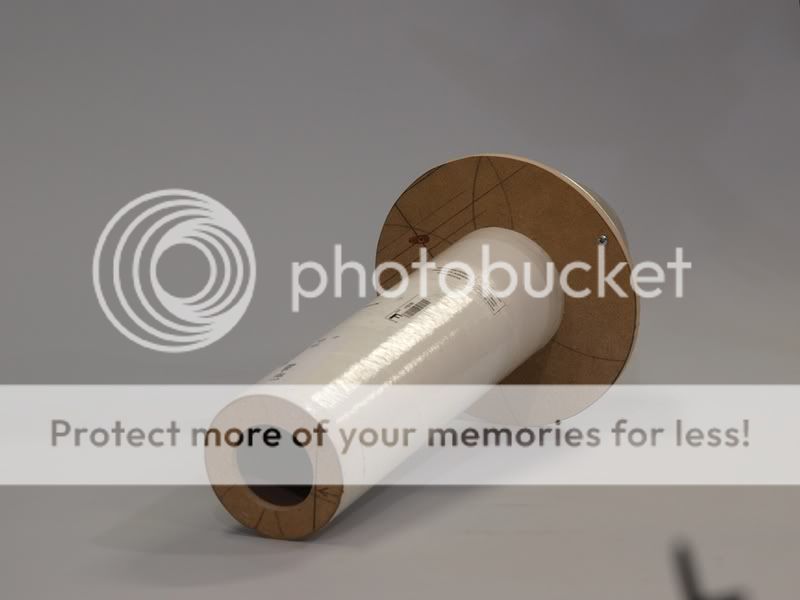
Started shooting with the 2" opening. The object itself is roughly 24" from the front of the snoot and 24" forward of the backdrop.
For my final shot I added some tape to the side of the opening but found it made no difference to the background at a relatively low power.
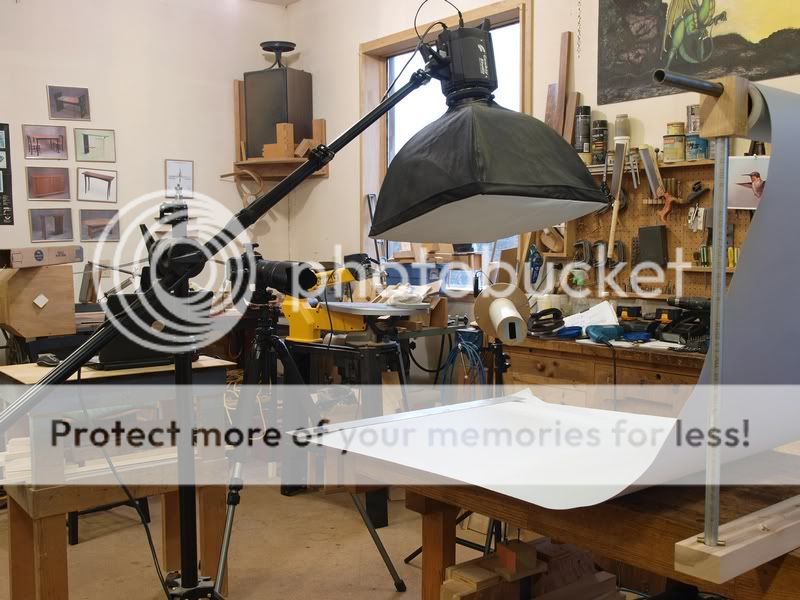
First shot is with only the overhead strobe, 200 w/s with a 18" x 18" softbox.
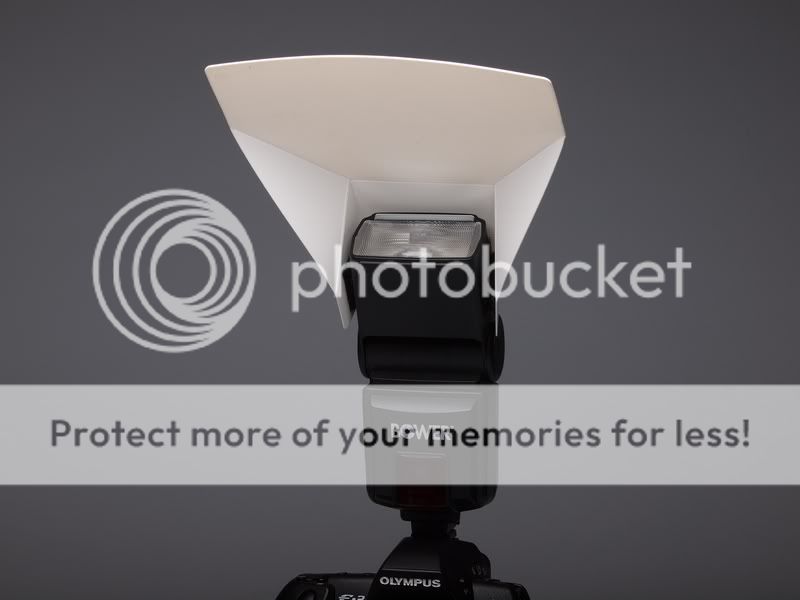
Added the snoot to a B1600 @ 1/8 power (all with the 2" opening).

1/4 power.
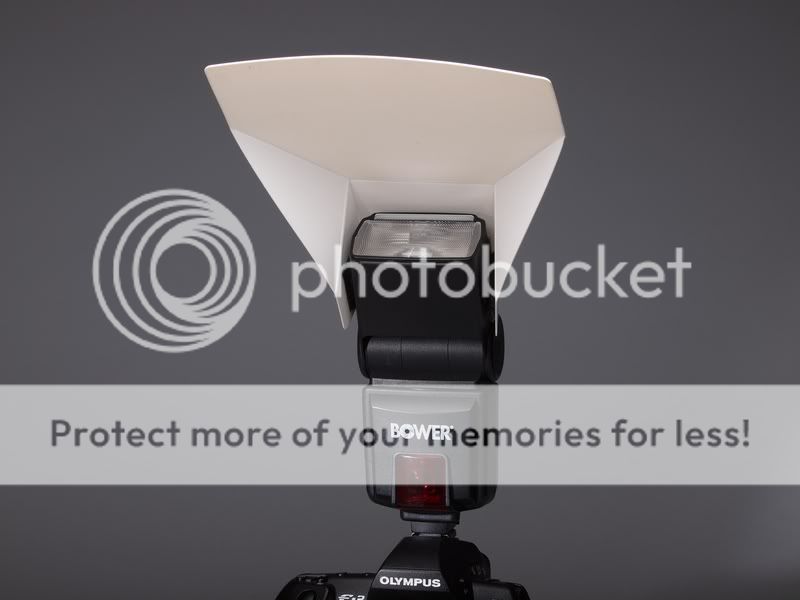
3/8 power.
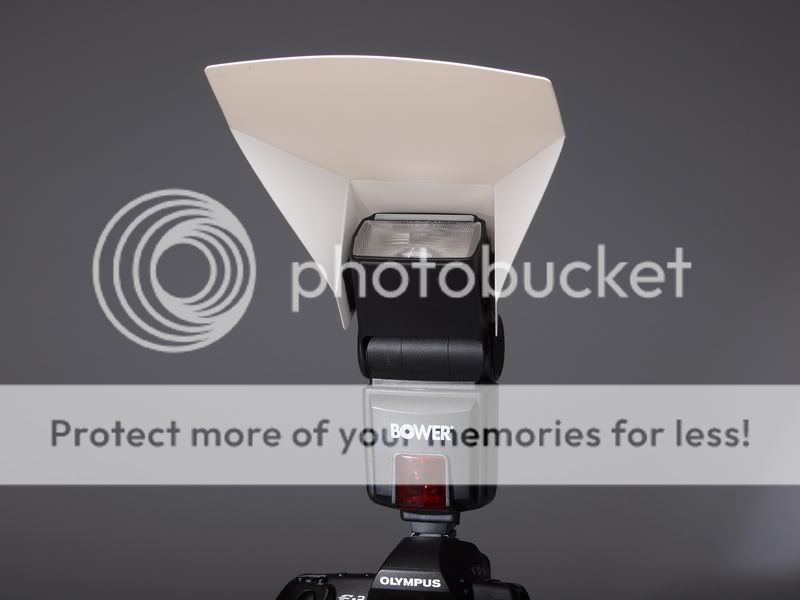
1/2 power.
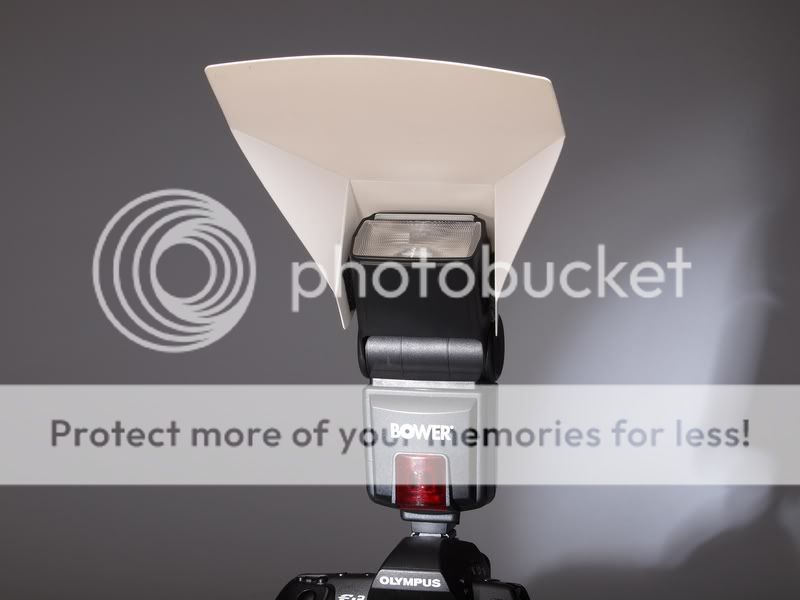
Next is a comparison of the 2" vs 3 1/2" opening. The front of the snoot and the front of the lens hood is ~66" from the 3' wide gray paper backdrop. Quick manual focus on a towel thrown over the backdrop..
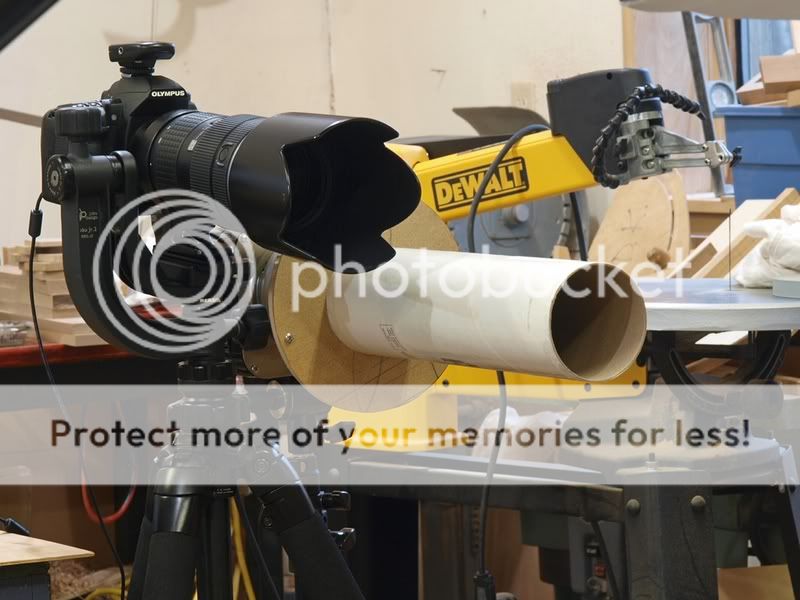
Strobe at full power for both shots.

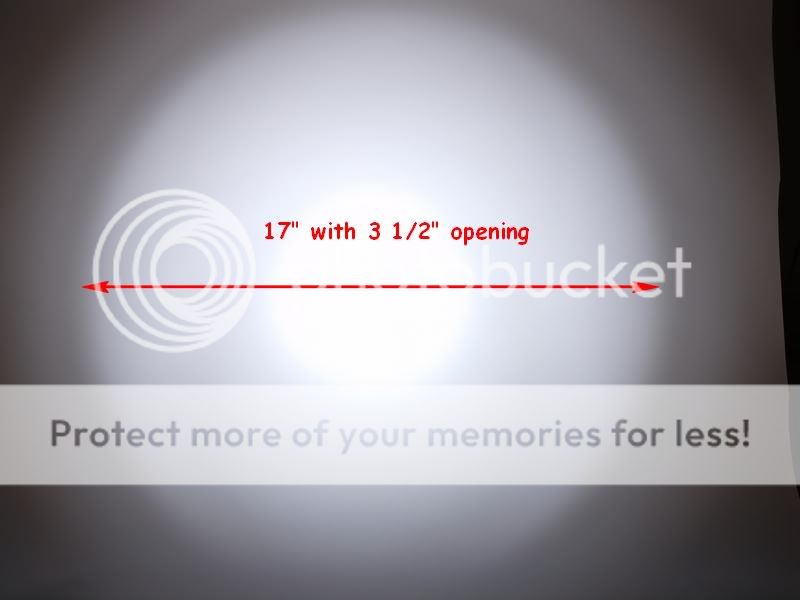
Same thing, 1/8 power...
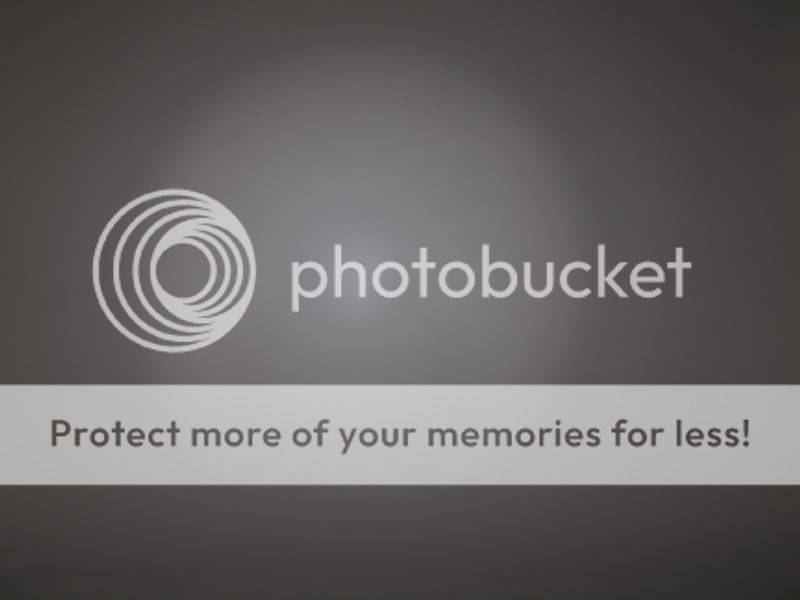
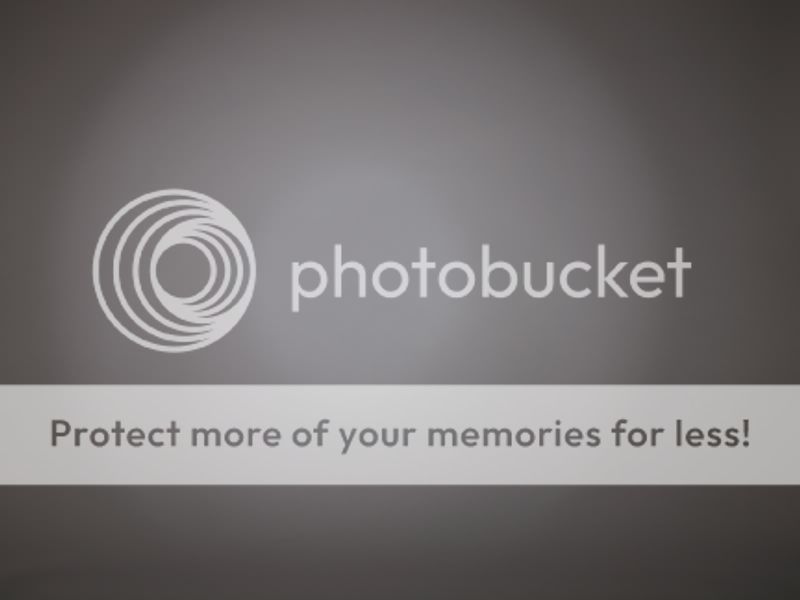
I may experiment further with a telescoping tube inside the original at a later date, at least to see how small and well defined the spot can be.
Hope you enjoyed this little adventure, I sure did, he, he...
Cheers, Don
I've been looking for an excuse to experiment with a snoot for product shots and made the time today

The subject is a Bower flash that I had up for sale. Shot with an overhead strobe and 18" x 18" softbox.

I felt the original image could benefit from some directed light on the base of the flash and went to work..
I cut a 7" circle out of 1/4" MDF and made an opening to accept a 13" x 3 1/2" cardboard tube which was handy and seemed to be long enough. Also made an insert with a 2" opening for comparison.
Couple of screws to mount it to the reflector.
ALL images are SOOC. Notice I abandoned by POS ebay graduated vinyl backdrop in lieu of seamless gray paper.


Started shooting with the 2" opening. The object itself is roughly 24" from the front of the snoot and 24" forward of the backdrop.
For my final shot I added some tape to the side of the opening but found it made no difference to the background at a relatively low power.

First shot is with only the overhead strobe, 200 w/s with a 18" x 18" softbox.

Added the snoot to a B1600 @ 1/8 power (all with the 2" opening).

1/4 power.

3/8 power.

1/2 power.

Next is a comparison of the 2" vs 3 1/2" opening. The front of the snoot and the front of the lens hood is ~66" from the 3' wide gray paper backdrop. Quick manual focus on a towel thrown over the backdrop..

Strobe at full power for both shots.


Same thing, 1/8 power...


I may experiment further with a telescoping tube inside the original at a later date, at least to see how small and well defined the spot can be.
Hope you enjoyed this little adventure, I sure did, he, he...
Cheers, Don


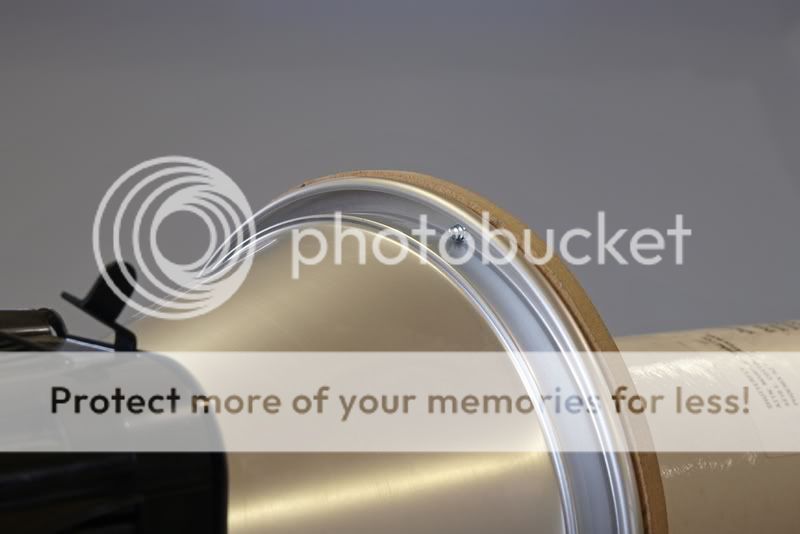

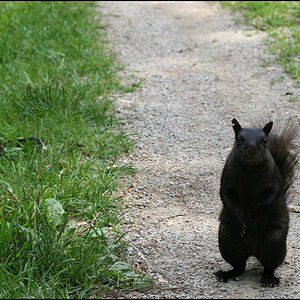
![[No title]](/data/xfmg/thumbnail/37/37604-7ad625e983f92f880eb65a264eeef5e4.jpg?1619738148)
